About Kadena (KDA)
What is Kadena (KDA)?
Kadena (KDA) is a proof-of-work blockchain that aims to offer a scalable and efficient version of Bitcoin. By combining the proof-of-work (PoW) consensus mechanism from Bitcoin with principles of directed acyclic graphs (DAG), Kadena offers a unique and scalable infrastructure for blockchain applications. Kadena’s goal is to provide the security of Bitcoin while offering high throughput and scalability, making it suitable for enterprises and mass adoption.
One of Kadena’s most innovative features is its multi-chain approach, where it operates multiple blockchains simultaneously to achieve scalability. In addition, Kadena supports global financial systems and enterprise-grade applications by offering industrial scalability, energy efficiency, and low-cost transactions. It also includes a concept known as crypto gas stations, which allow businesses to pay for their customers’ transaction fees, removing a major barrier for the adoption of blockchain technology by enterprises.
How Does Kadena (KDA) Work?
Kadena achieves its scalability and performance by utilizing several innovative technologies:
- Multi-Chain Architecture:
- Kadena doesn’t rely on just one blockchain; it utilizes multiple interconnected blockchains. These blockchains work simultaneously and asynchronously, which enables the network to mint multiple blocks at the same time, significantly improving throughput.
- The Kadena network “braids” these chains together, allowing them to work in parallel to validate transactions. This method increases Kadena’s transaction throughput and security.
- Each blockchain in the Kadena network communicates with three peer chains rather than randomly interacting with all other chains. This design helps Kadena achieve better performance and scalability while maintaining a secure and structured communication process between the chains.
- Directed Acyclic Graph (DAG):
- Kadena incorporates a DAG structure, where instead of using a traditional linear chain of blocks, it organizes the blocks in a way that allows for multiple chains to work in parallel. This increases the network’s scalability without compromising its security.
- In a typical DAG system, blocks can be confirmed more quickly since there is no need to wait for every block to be validated one after the other. Kadena’s DAG structure is multi-channel, meaning its chains only communicate with a fixed number of peer chains, enhancing security and reducing the risk of attacks by decreasing the time it would take for an attacker to complete a malicious transaction.
- Proof of Work (PoW):
- Kadena uses a Proof of Work (PoW) consensus mechanism, similar to Bitcoin, where miners validate transactions and secure the network. However, by combining PoW with the multi-chain structure, Kadena can achieve much higher scalability than Bitcoin while maintaining its security.
- Kadena’s PoW approach is designed to be more energy-efficient than traditional PoW blockchains. Its architecture enables higher throughput without a corresponding increase in energy consumption, making it more environmentally friendly.
- Crypto Gas Stations:
- One of Kadena’s standout features is the concept of crypto gas stations. This allows businesses to cover their users’ transaction fees, effectively removing the cost barrier for users and promoting broader adoption of decentralized applications (dApps).
- Businesses can use these gas stations to pay for gas fees on behalf of their users, allowing a frictionless experience for their customers. This could be a game-changer for enterprise adoption, as it eliminates the concern of transaction costs for end-users.
- Pact Smart Contract Language:
- Kadena introduces Pact, a smart contract language that is human-readable and designed to be secure and simple to use. Pact offers features like formal verification (the ability to mathematically prove that smart contracts behave as expected) and built-in error handling, which makes it more secure than many other smart contract languages.
- It is specifically designed for blockchains, ensuring that complex contracts are both safe and easy to write. Pact also allows for the creation of safer smart contracts, an essential aspect for enterprise applications.
What Are the Potential Use Cases for Kadena (KDA)?
Kadena’s unique architecture and features make it suitable for a variety of use cases across different sectors:
- Enterprise Adoption:
- With its high scalability and security, Kadena can power enterprise-grade applications that require a large number of transactions and high throughput. Its multi-chain approach ensures that it can handle the needs of businesses that require industrial-scale performance.
- Global Financial Systems:
- Kadena’s scalable blockchain can serve as a platform for global financial systems. Its ability to process large volumes of transactions quickly makes it suitable for traditional financial institutions, payment systems, and cross-border transactions.
- Decentralized Applications (dApps):
- Kadena offers a robust platform for building decentralized applications (dApps), especially those requiring high throughput and low transaction fees. Its scalability allows dApp developers to build fast and affordable applications without worrying about network congestion or high gas fees.
- Energy-Efficient Blockchain:
- With its combination of Proof of Work and multi-chain structure, Kadena aims to offer an energy-efficient alternative to traditional PoW blockchains like Bitcoin. This makes it an attractive option for enterprises and developers who are concerned about the environmental impact of blockchain technology.
- Smart Contracts and DeFi:
- Kadena’s Pact language makes it a great platform for building secure smart contracts for use in decentralized finance (DeFi) and other blockchain applications. Its formally verified contracts and error handling features make it ideal for financial applications that require high security.
- Microtransactions and Payments:
- With its low transaction fees and scalability, Kadena can be used to process microtransactions efficiently, enabling use cases such as Internet of Things (IoT) payments, content monetization, or any application requiring fast and low-cost transactions.
What is the History of Kadena (KDA)?
- Founding:
- Kadena was founded in 2016 by Stuart Popejoy and Will Martino, two former JPMorgan executives. Stuart Popejoy led JPMorgan’s Emerging Blockchain Group before founding Kadena, and Will Martino was the Lead Engineer for JPMorgan’s blockchain prototype Juno.
- Dr. Stuart Haber, a cryptographer and frequently cited author in the Bitcoin whitepaper, also played a key role in the founding of Kadena.
- Funding and Growth:
- Kadena received funding from a variety of venture capitalists, which helped in the development of its multi-chain platform and other key innovations like crypto gas stations and Pact smart contract language.
- Technological Development:
- Since its launch, Kadena has focused on improving its blockchain’s scalability and energy efficiency. The introduction of its multi-chain architecture and Proof of Work (PoW) consensus made it a more scalable and energy-efficient alternative to traditional blockchains like Bitcoin.
- Future Plans:
- Kadena continues to evolve and enhance its offerings, including the further development of its Pact smart contract language, partnerships with various businesses and institutions, and the scaling of its multi-chain infrastructure.


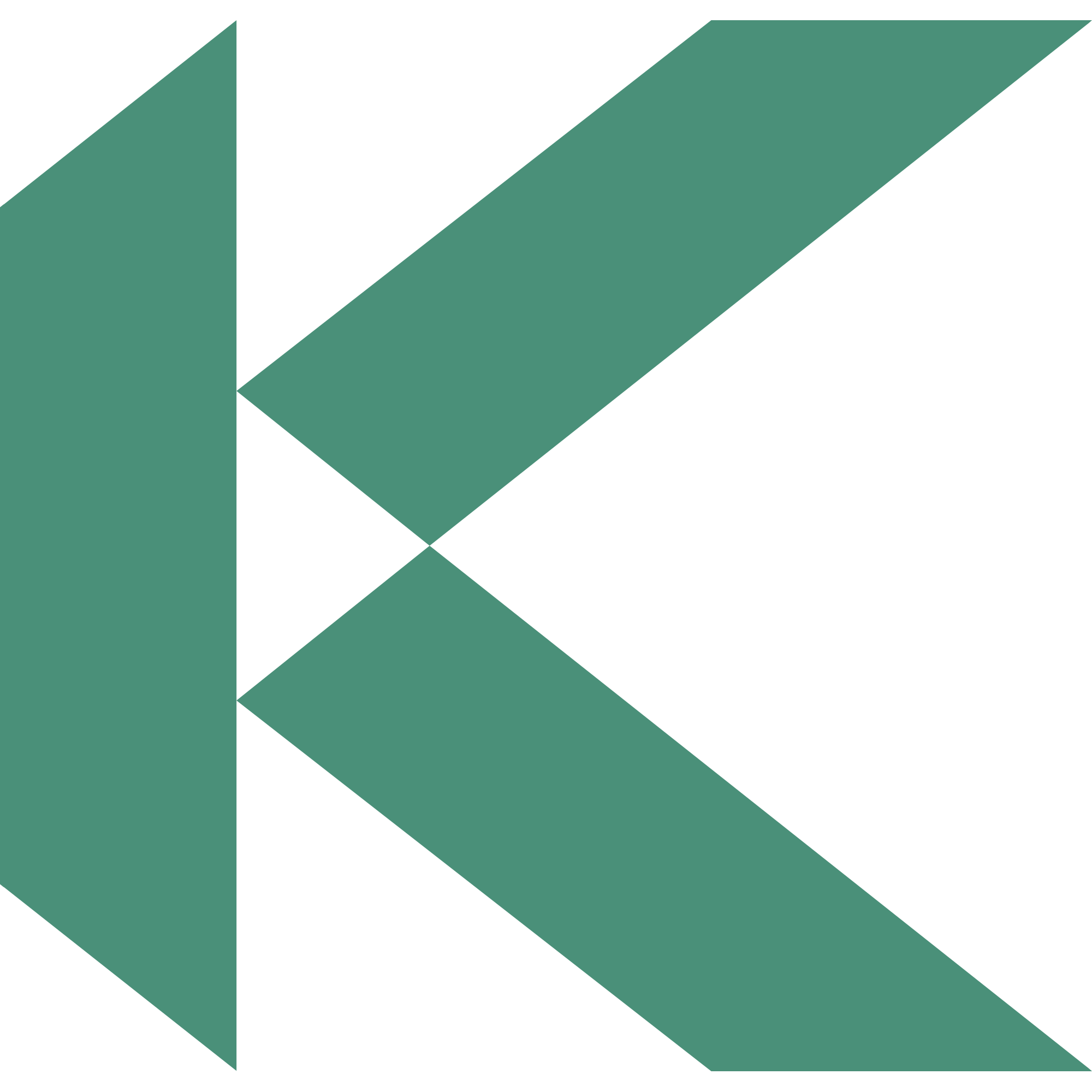
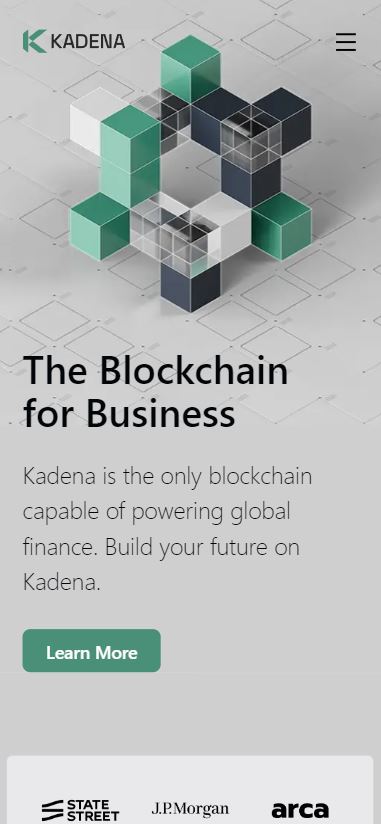

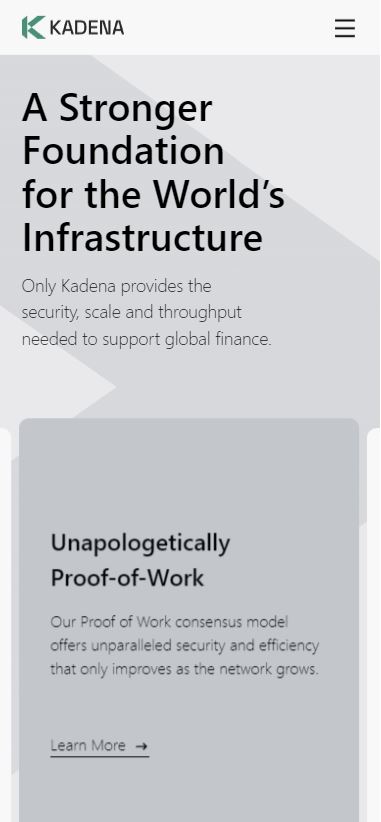
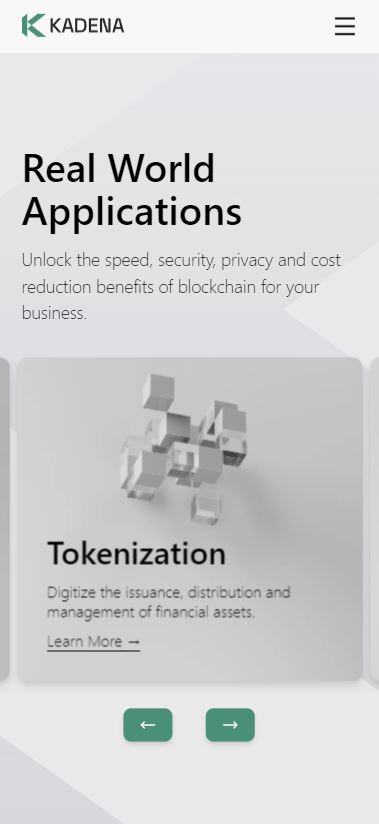
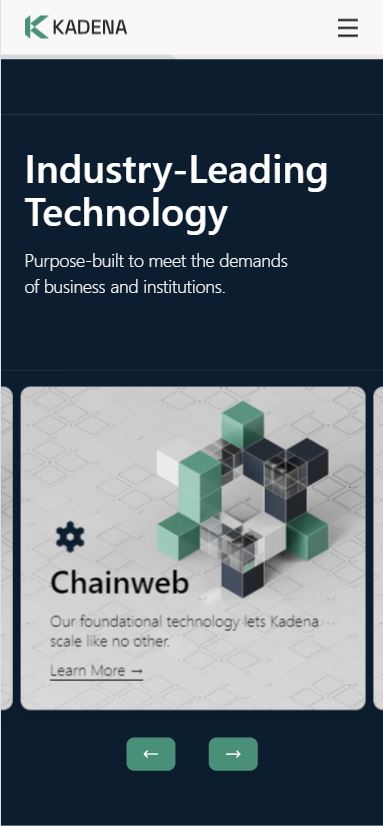
















Harran –
Goog apps
Harran –
Good apps
Eyad –
👍